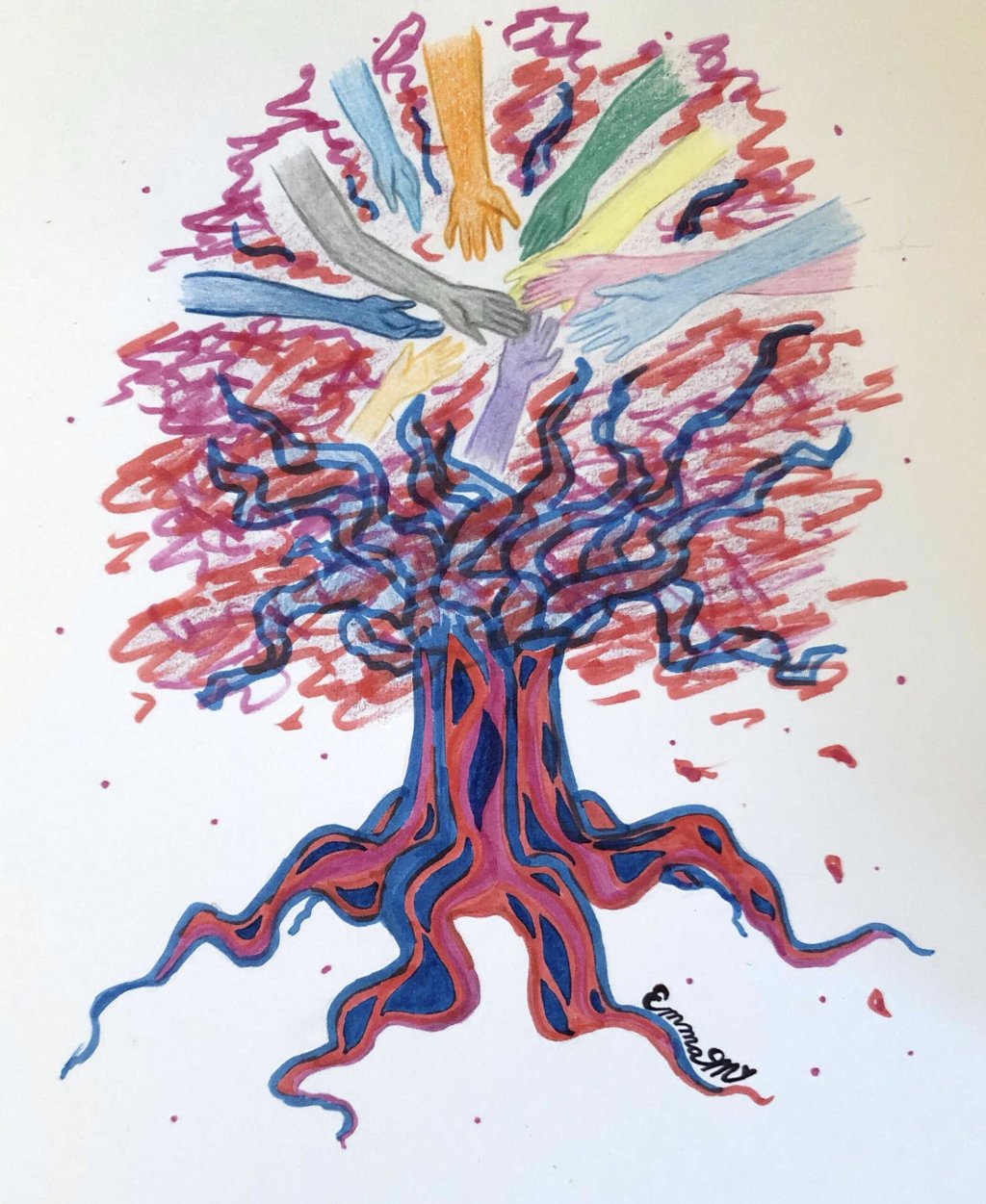Historically, certain cultures at RHS have taken the spotlight, leaving others in the dark. But thousands of families that lay claim to different ethnic and religious cultures reside in Ridgewood. Countless first-generation students and even more multi-generational families are proud to call the school home.
The student body is made up of a plethora of ethnicities and cultures. According to Data USA, based on census information from 2016, the three most common places of origin for Ridgewood residents are Korea, India, and the Philippines. From the same data, residents of the town hail from all over the globe, reflecting the diversity and immigrant status that Ridgewood has to offer. The large number of immigrants is a strength of the town, with many newcomers to the United States moving to Ridgewood for its close proximity to NYC. This data is reflected in the student body of RHS, since many adults with kids migrate here for the school system.
As of the 2017-2018 school year, 92.2% of the student population speaks English as their primary home language, with 3.6% speaking Korean, 1.1% speaking Spanish, and 3.1% speaking other languages. With that being said, many more students and homes are bilingual, usually knowing English and another language from their place of origin. However, these primary language statistics do describe a more recent pattern of immigration.
Mirroring the immigrant status of Ridgewood, acceptance of different cultures within RHS is ubiquitous throughout the student body. Friend groups, sports, and clubs are devoid of religious, racial, or ethnic implications. It is second nature for people of all backgrounds to find common ground and friendship at RHS.
Even still, Ridgewood and neighboring Bergen County towns still struggle with the systematic segregation policies of the 20th century, with New Jersey being the ninth most segregated state (as some Ridgewood High School students discussed in February’s Segregation Conference at RHS). Not only is the student body overwhelmingly White, but according to the 2017-2018 NJ School Performance Report, 92% of RHS teachers and 100% of RHS administrators are White.
However, as a school, we have made definite inroads towards increasing cultural representation.
A perfect anecdote for this is Asian Festival, which is a highlight of the year not only for those involved with the performance, but also for RHS spectators. Those who feel connection to Asian culture have Asian Fest to display their passion and meet others that share it. It’s an experiment of inclusivity, where all students, no matter which culture they identify themselves with, feel part of the celebration and appreciate the display of global folk dances, music, art, and food.
Asian Fest is also a prime example of how a growing community of parents has taken initiative and put together an event to showcase their respective cultures. RHS parents, who are involved with rehearsal, food prep, and decorations, are effectively sharing their cultures with a wider audience.
Although large demonstrations are important, so are simple additions like the flags in the Campus Center. Small actions like this create an atmosphere of inclusion, creating a visual reminder that we are part of a diverse global community in our own school.
On a bigger scale, starting in 2015, the Ridgewood Board of Education has put together and implemented a Diversity Action Plan which spans the entire district. In this plan are various curriculum changes that stress the importance of emphasizing civil rights and dispelling prejudice in society, among other related topics. Additionally, teachers are offered opportunities to attend community outreach programs, which help them embrace various aspects of diversity. At RHS, speakers such as Michael Fowlin have spoken on the topic of diversity, while others like detective David D’Amico have addressed the importance of dispelling hateful stereotypes in society.
Even with all of the steps that the school has taken, certain cultures are more represented than others. To offset this imbalance and allow all cultures to have the spotlight, RHS should host an event where everyone has the opportunity to share their traditions with the school community. In the district’s elementary schools, there are “International Expos,” which RHS could take inspiration from and gear towards an older audience. Another potentially popular idea would be having a “food court” or “cook-off” style event hosted by students and parents.
Some students are very in-tune with their heritage. Others are many generations removed from their culture or are simply not as interested. Greater representation and inclusion can help students connect with the world and allow students with common backgrounds to connect with one another.
Students should take the initiative to establish clubs tailored to their backgrounds, which wouldn’t create divide, but would foster connections throughout the entire community. As proven by Asian Fest, cultural displays create a more intertwined environment for the entire student body, and bring a refreshing element of global life into RHS.
Aaron Friedman and Logan Richman
staff writers
Graphic: Emma McCarthy

